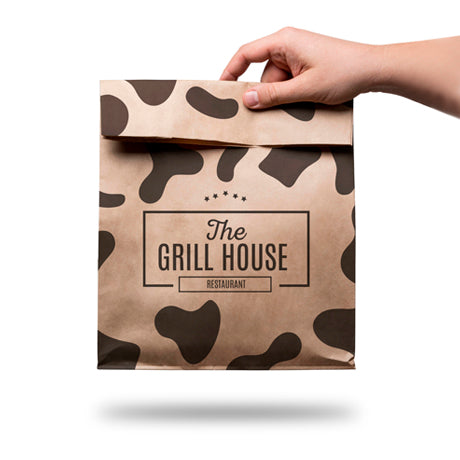Digital Printing for Food Packaging Manufacturers
In recent years, the food packaging industry has undergone a significant transformation, largely driven by advancements in digital printing technology. Traditional printing methods, which often require lengthy setup times and high volumes to be cost-effective, are giving way to more flexible and efficient digital printing processes. This evolution is reshaping how food packaging manufacturers operate, providing them with new opportunities to enhance product presentation, streamline production, and respond swiftly to market trends.
Flexibility and Customization
One of the most compelling advantages of digital printing in food packaging is its ability to offer unprecedented levels of flexibility and customization. Unlike conventional printing techniques, which typically operate on large-scale runs, digital printing allows manufacturers to create smaller batches quickly, making it ideal for custom designs and packaging variations. This capability caters to the growing consumer demand for personalization and uniqueness in food products. For example, seasonal packaging or limited-edition designs can be produced with minimal wastage and at a lower cost, enabling brands to engage consumers in novel ways.
Quality and Consistency
Digital printing technology has also made significant strides in terms of print quality. High-resolution printing capabilities ensure that images and text appear crisp and vibrant, which is crucial in attracting consumers' attention on crowded store shelves. Additionally, digital printing offers consistent quality across the entire production run, reducing the chances of defects and ensuring that each package meets the brand's standards. This reliability is essential in the food industry, where presentation can significantly impact consumer perception and purchasing decisions.
Sustainability and Waste Reduction
digital printing for food packaging manufacturers

As sustainability becomes an increasingly important concern for consumers and regulators alike, food packaging manufacturers are looking for ways to minimize environmental impact. Digital printing can contribute to these efforts by reducing waste associated with the printing process. Traditional printing methods often involve large quantities of unused materials and excessive ink usage, whereas digital printing allows for on-demand production, resulting in less surplus inventory. Furthermore, advancements in eco-friendly inks and substrates mean that digital printed packaging can align with sustainable practices, appealing to environmentally-conscious consumers.
Shorter Time to Market
In today’s fast-paced market, the ability to launch products quickly can provide a significant competitive advantage. Digital printing streamlines the production process, allowing for quicker turnaround times. Manufacturers can move from design to final product with remarkable speed, reducing the time it takes to get new food items to market. This agility not only helps brands respond to trends more effectively but also plays a crucial role in fresh food sectors where the shelf life is paramount.
The Future of Digital Printing in Food Packaging
As food packaging manufacturers continue to explore the potential of digital printing, several trends are likely to shape its future. The integration of smart technologies, such as augmented reality (AR) and the Internet of Things (IoT), offers exciting possibilities for interactive packaging designs that engage consumers in new and innovative ways. Additionally, as digital printing technology continues to advance, we can expect further improvements in terms of speed, cost-efficiency, and print quality, opening the door to even more applications in the food packaging sector.
In conclusion, digital printing is revolutionizing the food packaging industry. With its myriad advantages—including flexibility, high quality, sustainability, and quick turnaround—digital printing is not just a trend; it is a fundamental shift in how food packaging manufacturers approach production and consumer engagement. As this technology continues to evolve, it promises to create a more dynamic and responsive food packaging landscape, ultimately benefiting manufacturers and consumers alike.



